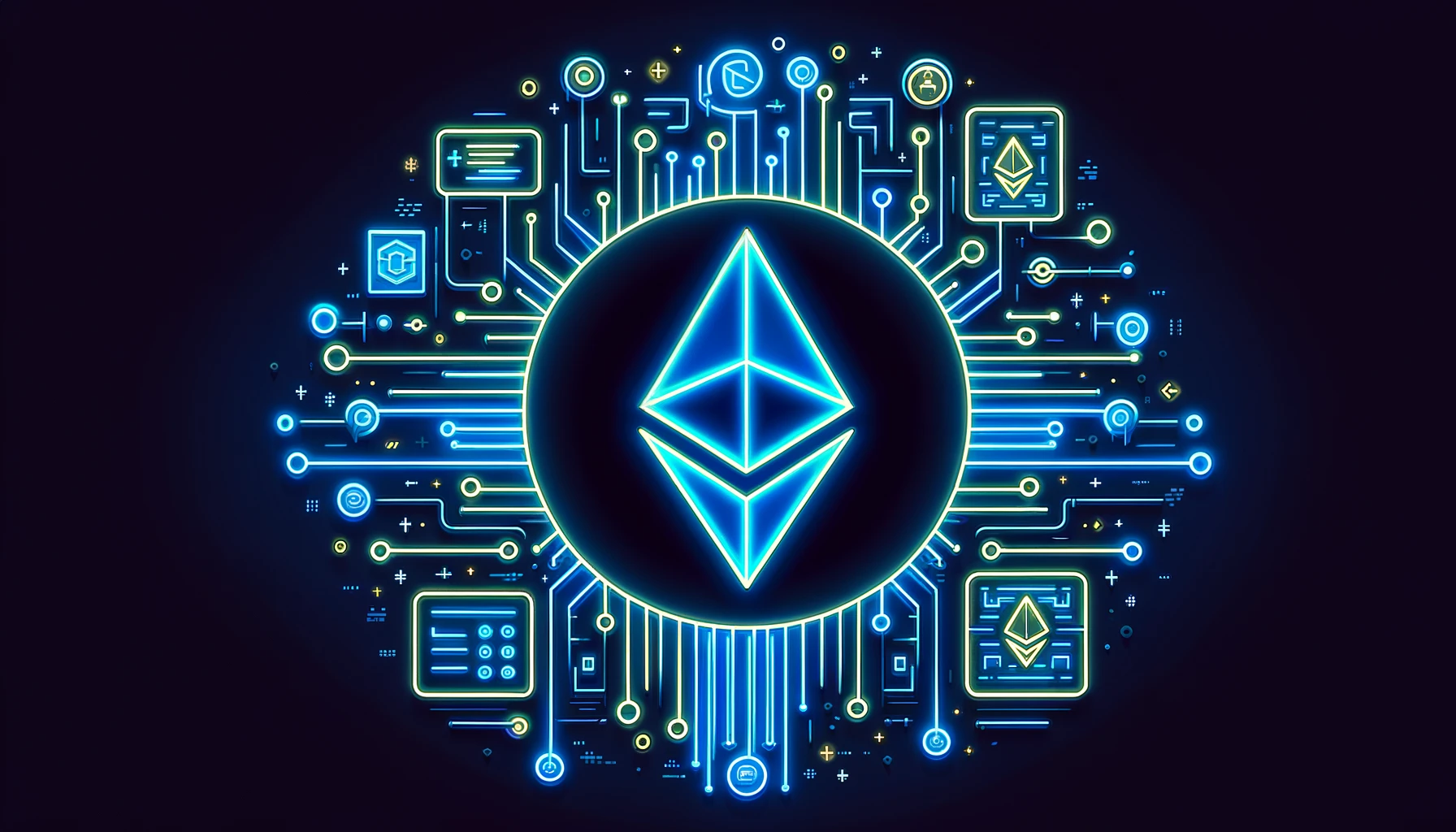
Dencun’s final testnet deployment will take place on Feb. 7.
Ethereum’s Dencun upgrade is now live on the Sepolia testnet following a smooth deployment.
Dencun went live on Sepolia on Jan. 30, marking the second of three testnet deployments for the highly-anticipated upgrade.
“Sepolia has finalized,” tweeted Terence Tsao of Prysmatic Labs, the team behind the Ethereum client, Prysm. “Sorry for an uneventful upgrade.”
“Blobs are now flowing in Sepolia,” tweeted Paritosh, a DevOps engineer at the Ethereum Foundation. “Uneventful testnet forks are the best ones!”
The fork follows a somewhat rocky initial dress rehearsal on the Goerli testnet on Jan. 17. The Goerli fork triggered a network split resulting from a bug encountered by the Prysm client. Developers rectified the incident several hours after the fork’s initiation.
Dencun final testnet deployment will take place on Ethereum’s Holesky testnet come Feb. 7.
EIP-4844
Dencun will significantly improve data availability and reduce the fees associated with transacting on Layer 2 by replacing gas-intensive calldata with blobs via the EIP-4844 upgrade, also dubbed proto-danksharding.
The upgrade positions Ethereum’s Layer 2 ecosystem to compete with the transaction fees offered by alternative Layer 1s while inheriting the benefits of the Ethereum’s mainnet robust security layer.
A recent increase in on-chain activity has driven up Layer 2 transaction costs, with gas fees up between roughly 50% and 100% since mid-October on many leading L2s including Arbitrum, OP Mainnet, and Base, according to data from GrowThePie.
In an appearance on The Defiant Podcast, Carl Beekhuizen of the Ethereum Foundation described the cost of storing data on-chain as the primary bottleneck restricting the scalability gains available at Layer 2.
“If you scale to thousands and thousands of transactions, then all of a sudden it costs a lot just to [store the data] on-chain,” Beekhuizen said. “The idea behind Danksharding and EIP-4844 is to provide really cheap data storage… so the L2s can provide cheap transactions to their users.”
- SEO Powered Content & PR Distribution. Get Amplified Today.
- PlatoData.Network Vertical Generative Ai. Empower Yourself. Access Here.
- PlatoAiStream. Web3 Intelligence. Knowledge Amplified. Access Here.
- PlatoESG. Carbon, CleanTech, Energy, Environment, Solar, Waste Management. Access Here.
- PlatoHealth. Biotech and Clinical Trials Intelligence. Access Here.
- Source: https://thedefiant.io/ethereum-s-dencun-upgrade-goes-live-on-sepolia-without-a-hitch
- :has
- :is
- $UP
- 17
- 30
- 31
- 7
- a
- Absolute
- According
- After
- All
- Alpha
- also
- alternative
- an
- and
- arbitrum
- ARE
- AS
- associated
- At
- availability
- available
- base
- become
- behind
- benefits
- BEST
- between
- Block
- bottleneck
- Bug
- by
- CAN
- Carl
- cheap
- client
- come
- community
- compete
- Cost
- Costs
- daily
- data
- DeFi
- deployment
- deployments
- described
- developers
- disabled
- driven
- dubbed
- dump
- ecosystem
- engineer
- ethereum
- ethereum foundation
- Ethereum's
- Feb
- Fees
- final
- finalized
- Flowing
- following
- follows
- For
- fork
- Forks
- Foundation
- from
- Gains
- GAS
- gas fees
- Goerli
- Goes
- Group
- Hidden
- HOURS
- hover
- HTTPS
- idea
- improve
- in
- incident
- Including
- Increase
- initial
- initiation
- IT
- Jan
- join
- just
- Labs
- layer
- Layer 1s
- Layer 2
- leading
- letter
- LG
- live
- Lot
- mainnet
- many
- marking
- member
- network
- now
- of
- offered
- on
- On-Chain
- OP
- our
- Place
- plato
- Plato Data Intelligence
- PlatoData
- podcast
- positions
- Premium
- primary
- provide
- Prysm
- prysmatic
- really
- recap
- recent
- rectified
- reduce
- rehearsal
- relative
- restricting
- resulting
- robust
- rocky
- roughly
- s
- Scalability
- Scale
- Second
- security
- sepolia
- several
- significantly
- since
- smooth
- So
- somewhat
- split
- store
- Store the data
- storing
- sudden
- Take
- team
- testnet
- The
- The Defiant
- The Ethereum Foundation
- their
- then
- thousands
- three
- to
- transacting
- transaction
- transaction costs
- Transaction Fees
- Transactions
- Transcript
- triggered
- upgrade
- users
- via
- visible
- went
- while
- will
- with
- without
- You
- zephyrnet




![How The Crypto App’s Pro and Pro+ Revolutionizes Crypto Trading and Investing [SPONSORED] How The Crypto App’s Pro and Pro+ Revolutionizes Crypto Trading and Investing [SPONSORED]](http://platoblockchain.com/wp-content/uploads/2023/03/how-the-crypto-apps-pro-and-pro-revolutionizes-crypto-trading-and-investing-sponsored-300x156.png)





